Our top bed rails & bed guards
Best Overall: Milliard Bed Bumper Foam Bed Guard
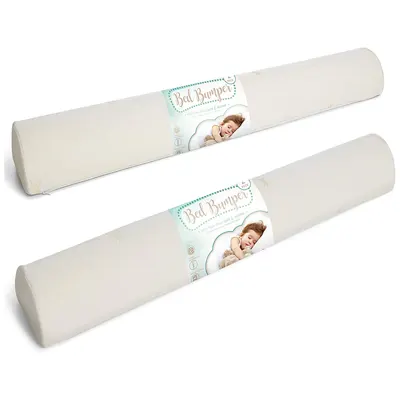
Forget about rolling up towels and tucking them underneath the fitted sheet with this lovely memory foam bed bumper from Milliard.
If you want a bed guard that's as straightforward as it gets – you get this one. This 132 cm long 11.5 cm high foam bumper easily fits any mattress, cot bed and bigger, and will help both you and your toddler get a full night of restful sleep.
And, once your child inevitably gets it all wet and dirty, you'll be able to just unzip the bamboo cover from the bumper, wash it in a machine, and tuck it right back under the sheets.
- Type: Bumper
- Material: Memory foam
- Dimensions: 132 x 18 x 11.5 cm
- Weight: 0.09 kg
Advantages


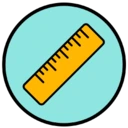
Disadvantages

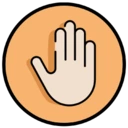
Best Value: Safetots Wooden Bed Guard
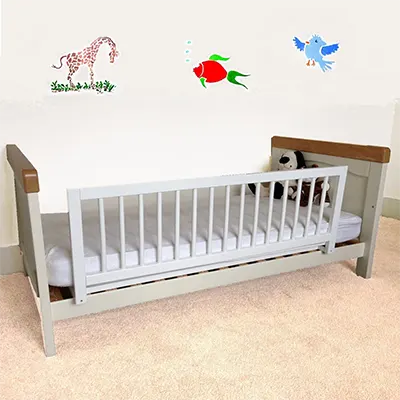
With no vertical rails to help your child climb out of bed, Safetots' wooden rail is a good choice for your aspiring little Spiderman.
With a simple tuck-it-underneath design, this bed rail is incredibly easy to set up. However, it doesn't come with any security screws, clamps or anything of sorts, so you'll probably need zip ties if you want to keep it securely in place.
With that in mind, you probably won't carry this one with you on your travels.
Also, the minimum mattress length for some of these is 190 cm, as you don't want to keep the railing too close to the headboard, for the aforementioned reasons.
- Type: Rail
- Material: Wood
- Dimensions: 110 x 38 cm, 140 x 38 cm, 140 x 60 cm
- Weight: 2.6 kg
Advantages

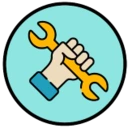
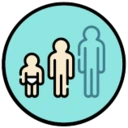
Disadvantages

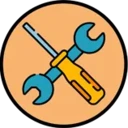
Best for Easy Fitting: Venture QFix Bed Guard
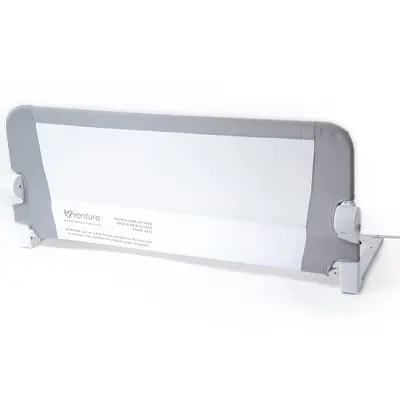
Venture's QFix guard might just be one of the easiest bed guards to set up – once you get over the initial assembly of the actual bed guard. Yes, it comes disassembled, and it is a bit of a drag to put together.
However, once you get past that – it's good times only. The guard easily and securely attaches to the bottom of a cot bed or any kids' bed for that matter.
The sides recline at a push of a button, but since both of them have to be pressed at the same time to unlock the hinge – you don't have to worry about your child doing this on accident.
- Type: Guard
- Material: Metal, polyester mesh
- Dimensions: 101 x 42 cm
- Weight: 2.69 kg
Advantages


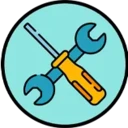
Disadvantages
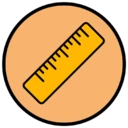
Best for Larger Beds: Dreambaby Phoneix Toddler Bed Rail
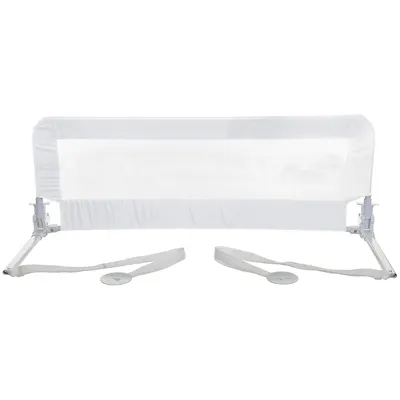
Dreambaby's Phoenix guard is a mesh guard that works great with larger beds, regardless of whether they have a flat or a slatted base. A recessed base is out of the question though.
This guard, just like most of the other ones, slides under the mattress, but unlike many other ones, this one has a T-bar for secure attachment for slatted bases.
As for the flat base, there are straps and disks that utilize tension in order to keep the bed guard securely in place, but from what we've seen, this method is not as secure as the T-bar.
- Type: Guard
- Material: Metal, polyester mesh
- Dimensions: 110 x 45.5 cm
- Weight: 2.5 kg
Advantages


Disadvantages
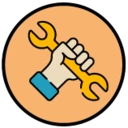
Best for Travel: Safety 1st Portable Bed Rail
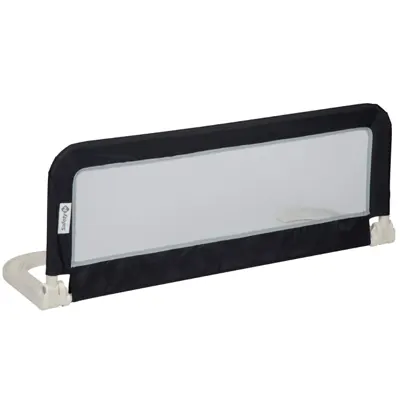
Imagine having a bed guard that could fit in any suitcase? Well, you don't have to imagine anymore because this portable bed guard from Safety 1st actually does.
This 101x42x37 cm bed guard actually folds to a 66x42x7 cm package that seamlessly fits into any suitcase or even a large backpack. It is a perfect travel companion, eliminating the need to search for baby-friendly hotels and rooms with cot beds.
And, if all that wasn't enough, this one's “installed” in less than 10 seconds, as it just seamlessly slides under the mattress, staying fairly securely in place during the whole night.
- Type: Guard
- Material: Metal, polyester mesh
- Dimensions: 101 x 42 cm
- Weight: 2.69 kg
Advantages



Disadvantages

When does your toddler need a child bed guard?
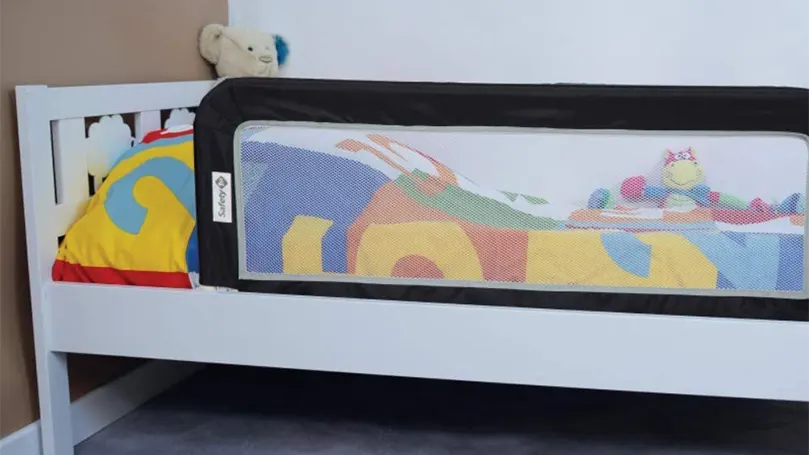
You would probably move your child out from a cot after they turn 18 months, so that would be a good time to start looking for a bed rail.
Generally speaking, your toddler could benefit from a bed guard, rail, or a bumper anywhere between the age of a year and a half up to five years. After that, or even well before the age of five, your child is more than capable enough to sleep in a big bed.
What to consider when buying bed guards
Before we get into our list of the best bed guards and rails, we wanted to guide you through the entire process of identifying the best rails and guards, and show you exactly what we paid attention to when we were looking for them.
Material
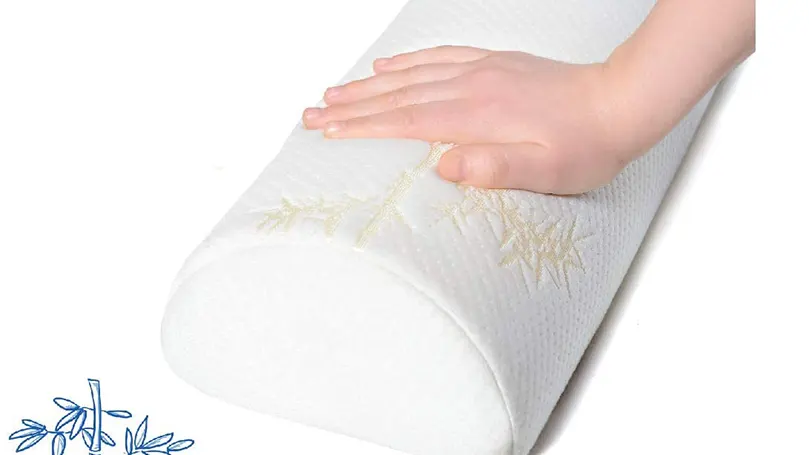
Generally speaking, you should choose between memory foam, wood, and mesh.
Memory foam is mostly used for bumpers. These low-profile guards would be tucked underneath the cot bed sheet, and are often used for less active and younger children.
Wood guards are a good choice for both a cot bed and a kids' bed. They resemble the rails you'd find on upper bunk beds and are often tucked underneath the mattress if bought separately. One thing to keep in mind is to have the rails evenly spaced so that your child doesn't get stuck between them.
Finally, mesh guards are our favourite. They're super easy to install, they're not expensive, they don't pose a threat to your child, and most importantly, they're incredibly hard to jump over – unlike memory foam or wood guards and rails.
Size
Most of the time, a bed rail or a guard will be compatible with pretty much any bed frame, but then again – you can never know.
The best way to make sure the railing fits perfectly is to measure the bed and choose the guard accordingly. You won't need an extra-wide bed rail if your child sleeps in a cot bed. However, if your child sleeps on a regular, single bed, you might need bed rails or bed guards for single bed to properly protect your child from falling out.
Position of toddler's bed
The position of a toddler bed is also something you should pay special attention to.
For example, if the child's bed is next to a wall – you only need a single child's bed guard. On the other hand, if your child's bed position is in the middle of a bedroom or far away from a wall – you'll need two to ensure a great night's sleep.
Compatibility
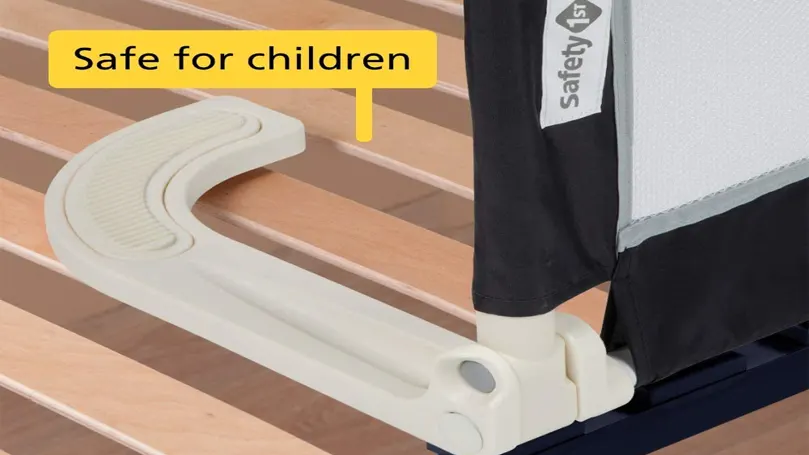
While it is true that most guards will be compatible with most beds, some issues might occur.
It is not uncommon for children to sleep on double beds, and if that bed happens to be a divan or an ottoman – you'll probably have some issues attaching the bed guard rail to the side of the bed.
If you can slide the portion of a bed guard for cot bed under a child's mattress – you're probably good to go. If not, you're going to have to look for an alternative.
Portability
You'll probably travel with your child while it's still very young, so considering portability would be a wise thing to do.
Generally speaking, foam bumpers and mesh guards and rails are the easiest to transport, so if you know that you're about to travel, or even leave your child with your parents for the night – consider getting one of those.
Maintenance
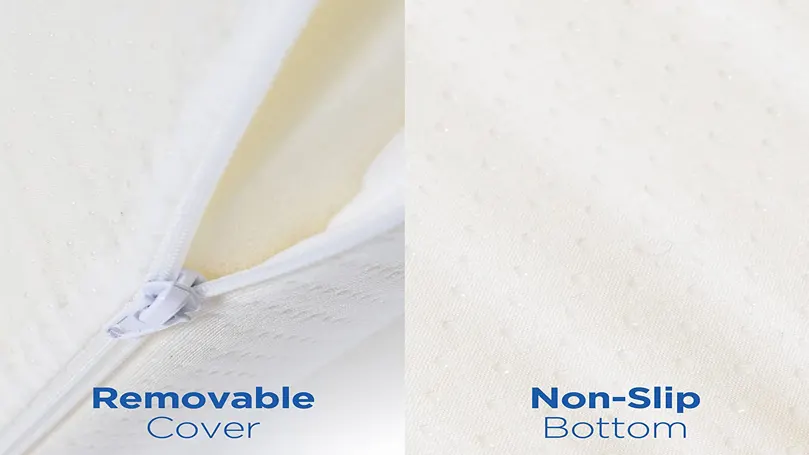
Finally, you'll want to make sure that the rails are easily washable and maintained. It is not uncommon for children to chew on bed rails, so it is imperative that you keep them clean for the sake of your child's health.
Wooden rails are generally easiest to keep clean, as all you'll need to do is wipe them clean every now and then. On the other hand, mesh guards could be a bit tricky to keep clean if the mesh is not removable or machine-washable. Fortunately, most of the good ones come with removable meshes, so try and get your hands on those.
Tips for buying and using best bed guard
There are three tips we want to share with you when it comes to buying and using a bed guard or a rail.
- Always do your own research – Reading through a product description on Amazon won't get you all the necessary information on a toddler bed guard you're interested in. Instead, read the reviews, scan through the comments, and see what the people are saying. If they've used it, they could point you to a potential problem or highlight a benefit you never even knew existed.
- Safety comes first – When it comes to installing and using a bed guard – safety comes first. You'll want to get a guard that's easy to install and secure, and the one that won't create a gap between the bed and guard, causing your child to get stuck during the night.
- Don't place the guard near the headboard – Parents often worry about their child getting stuck between the rails or between a bed guard and the headboard, which is perfectly reasonable. However, if you just move the guard away from the headboard – you won't have to worry about it.
The advantages of owning best bed guards
Getting a quality bed guard is all fine and dandy, but if you don't actually know what you're getting out of it – what's to point to even getting one?
Well, here's what you get.
- Never again worry about your toddler's safety – Something as simple as a bed rail or a mesh guard will have you sleeping like a baby (pun intended). You'll never again have to worry about your child falling from bed, knowing they're well protected by the new bed rail you just bought.
- A perfect travel companion – Instead of having to search for a hotel with cot beds and child-safe sleep accommodation, you can just carry your bed guard with you and attach it to any bed the hotel has to offer.
- It'll last you a really long time – A well-made bed rail or a guard will easily last you a couple of years, meaning you won't have to buy another one when you decide to have another child. We feel like it's safe to say that a bed rail would be one of the best investments of your life.
Conclusion
And that's all you need to know in order to find the best bed guards and keep your young ones safe! But if you have any questions, either check our the FAQ section below or ask us in the comments.
Spread the word
FAQs about your bed guard
We want to make sure that you don't leave this place itching your head in confusion or wondering whether you should even get a bed guard or not. So, we decided to answer some of the most frequently asked questions by concerned parents such as yourself.
We're torn between mesh and wood, but considering wood is mostly reserved for rails – we'll cast our vote for mesh.
While the purpose of both is pretty much the same, these two aren't the same thing. A bed rail is essentially a railing for your bed, while a guard could be something as simple as a bumper.
Yes. As long as they're well made and secure, they're safe even for younger babies, although we wouldn't suggest newborns sleeping in large beds at least until they're a year old.
It all depends. Some children are fine with a single bed by the time they turn a year and a half. On the other hand, some kids could be three and still anxious to sleep all by themselves in such a large bed.
As a general rule of thumb, children over the age of five should already be capable of sleeping in single beds without any rails or guards attached to the side.
Foam bed bumpers are pretty safe. The only downside is that parents don't find them secure enough compared to a toddle bed guard because they're not tall enough. However, they're more than secure in most cases.


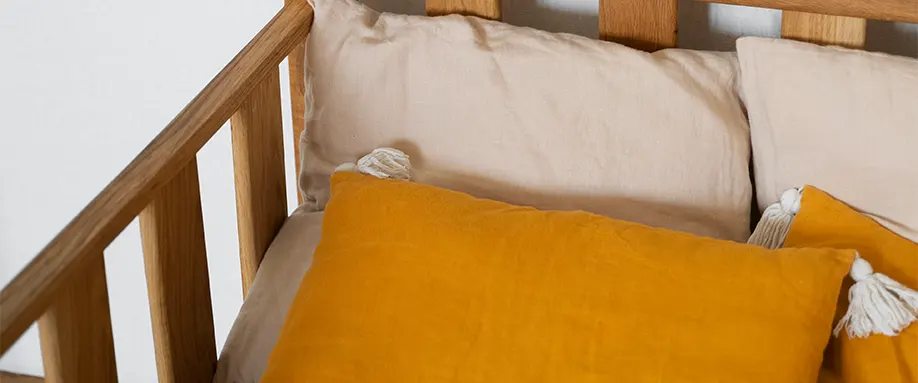











There are no comments yet
"*" indicates required fields